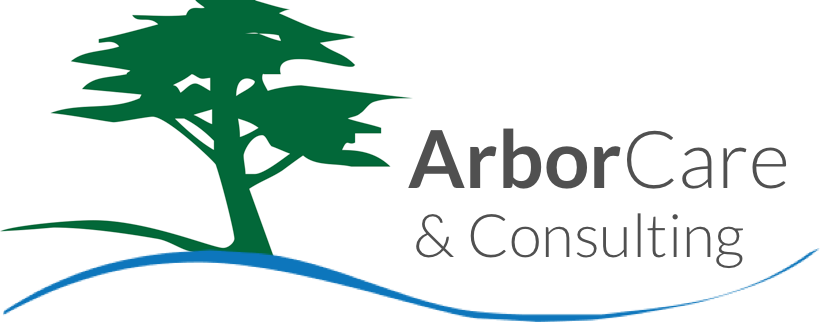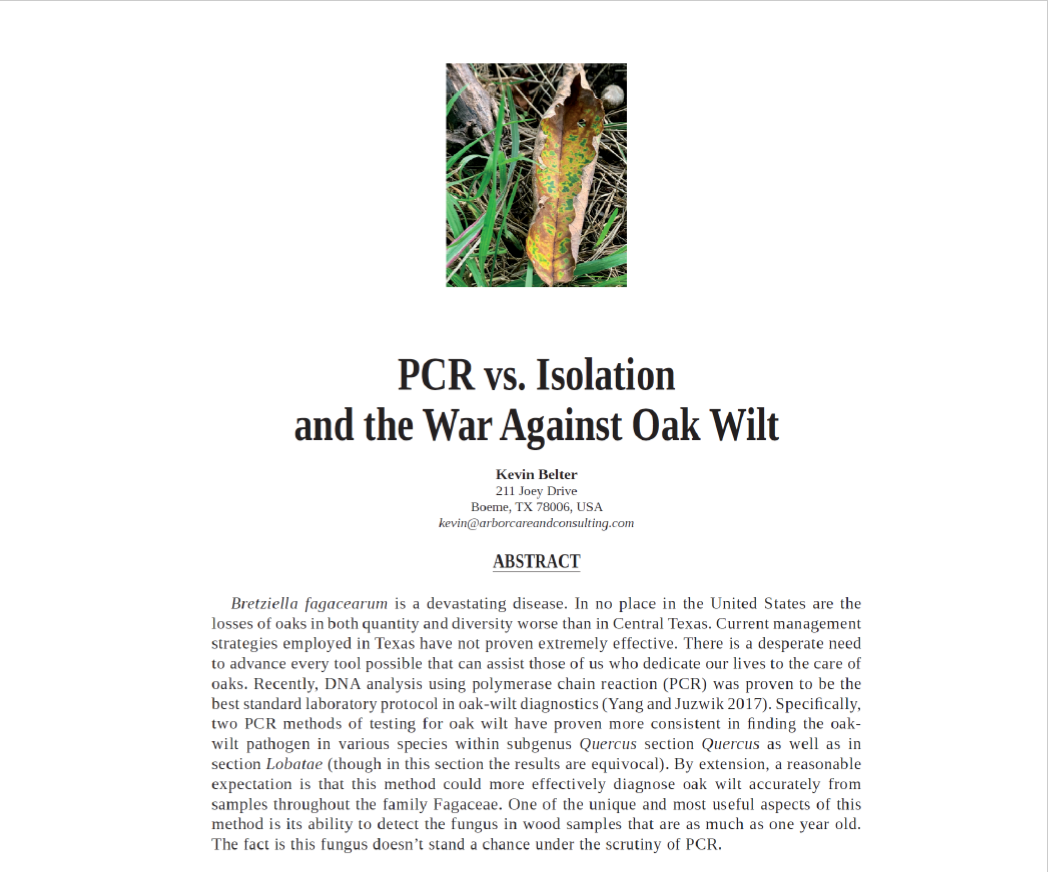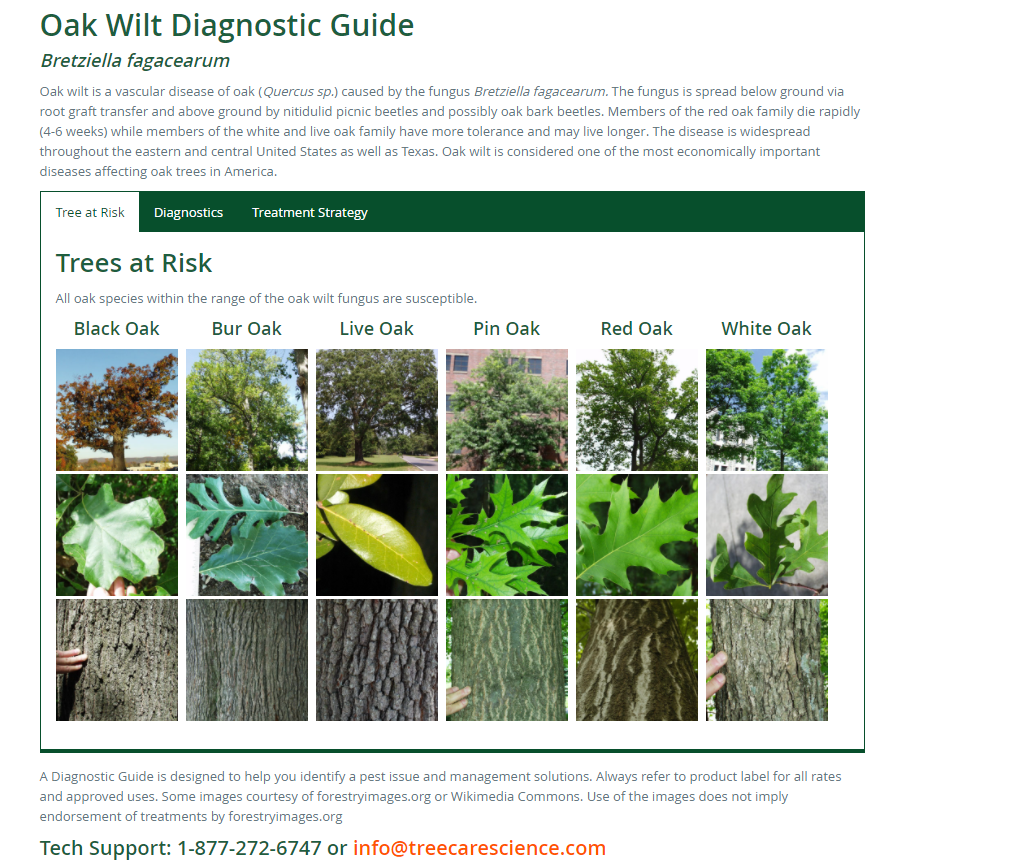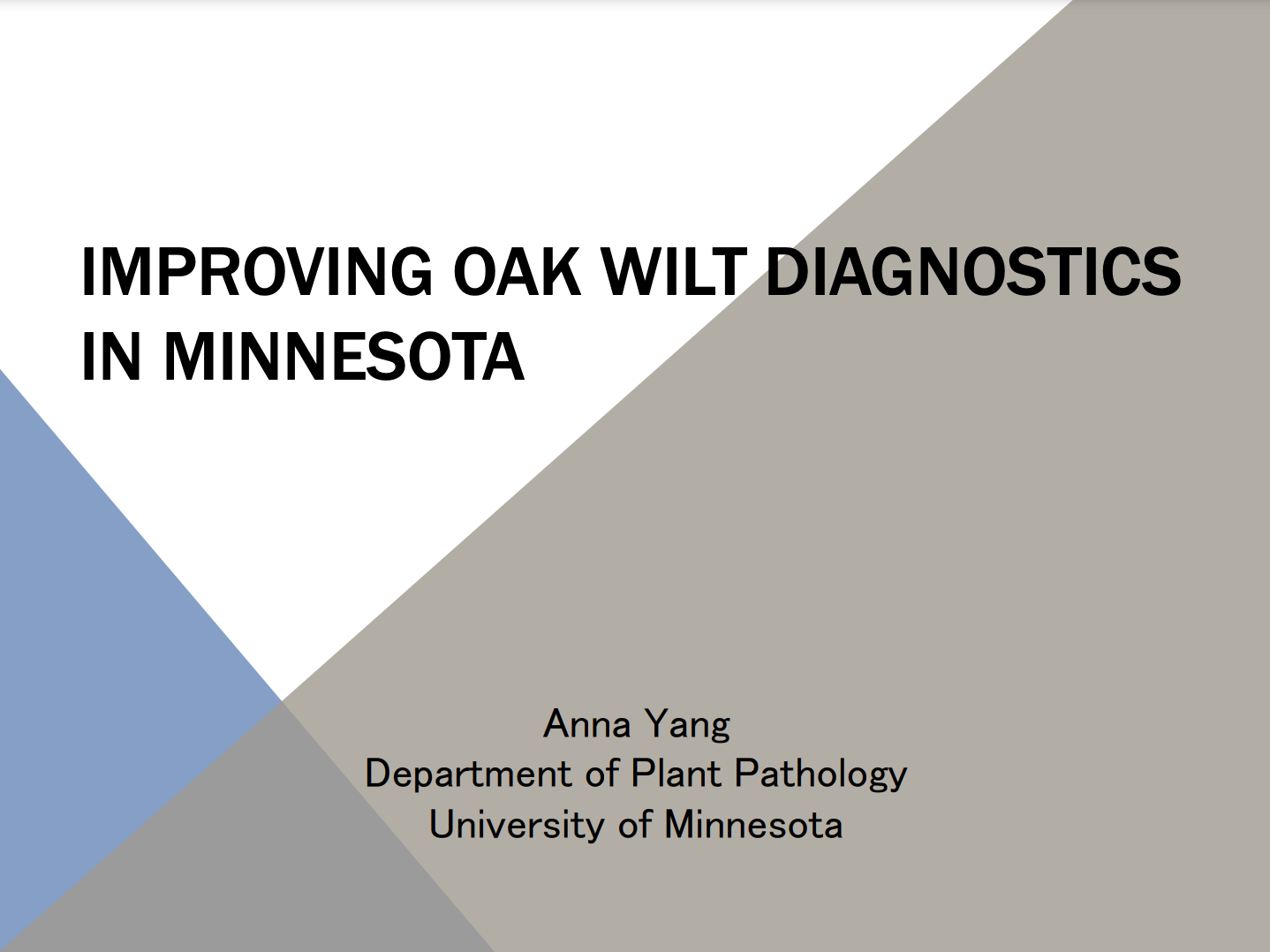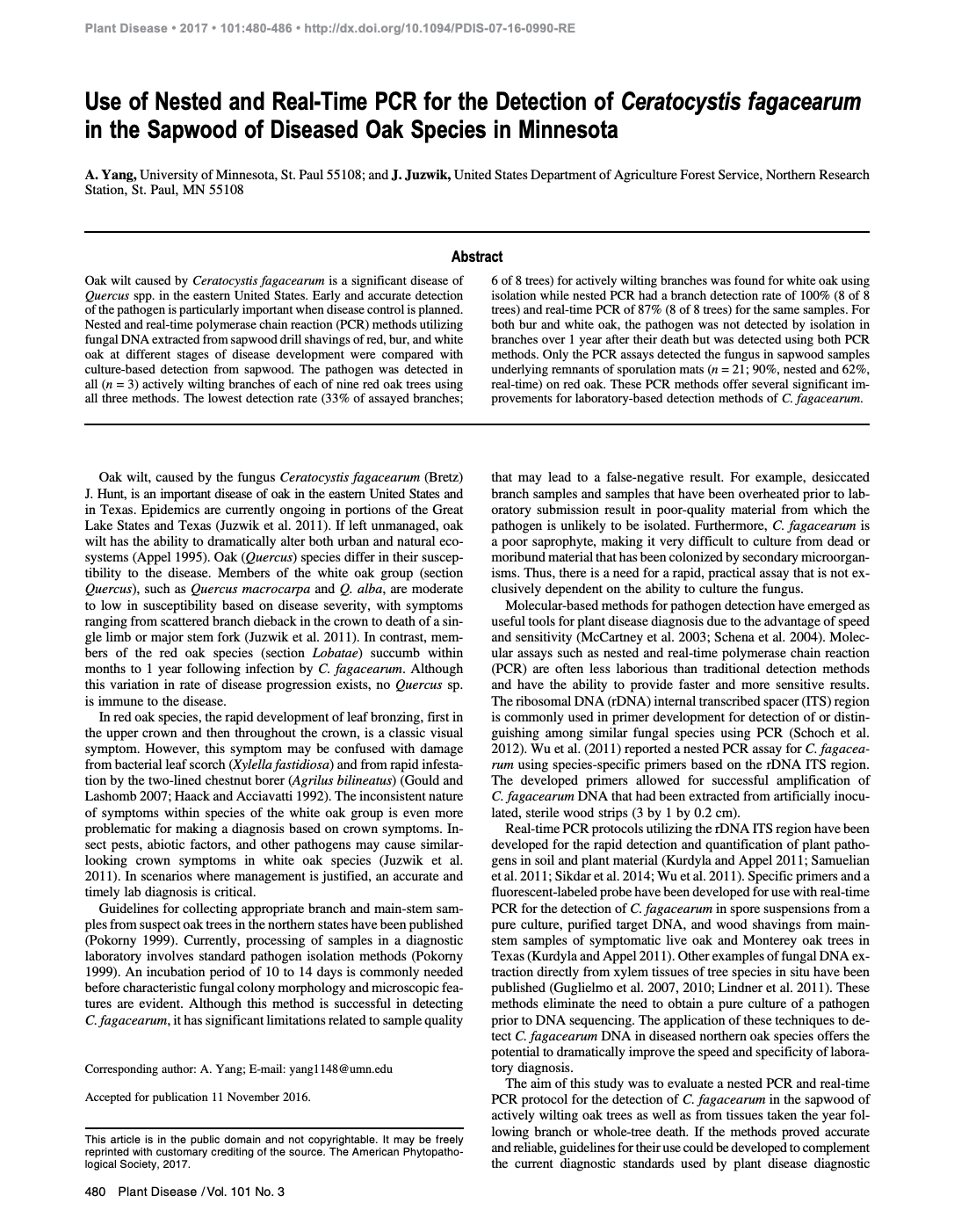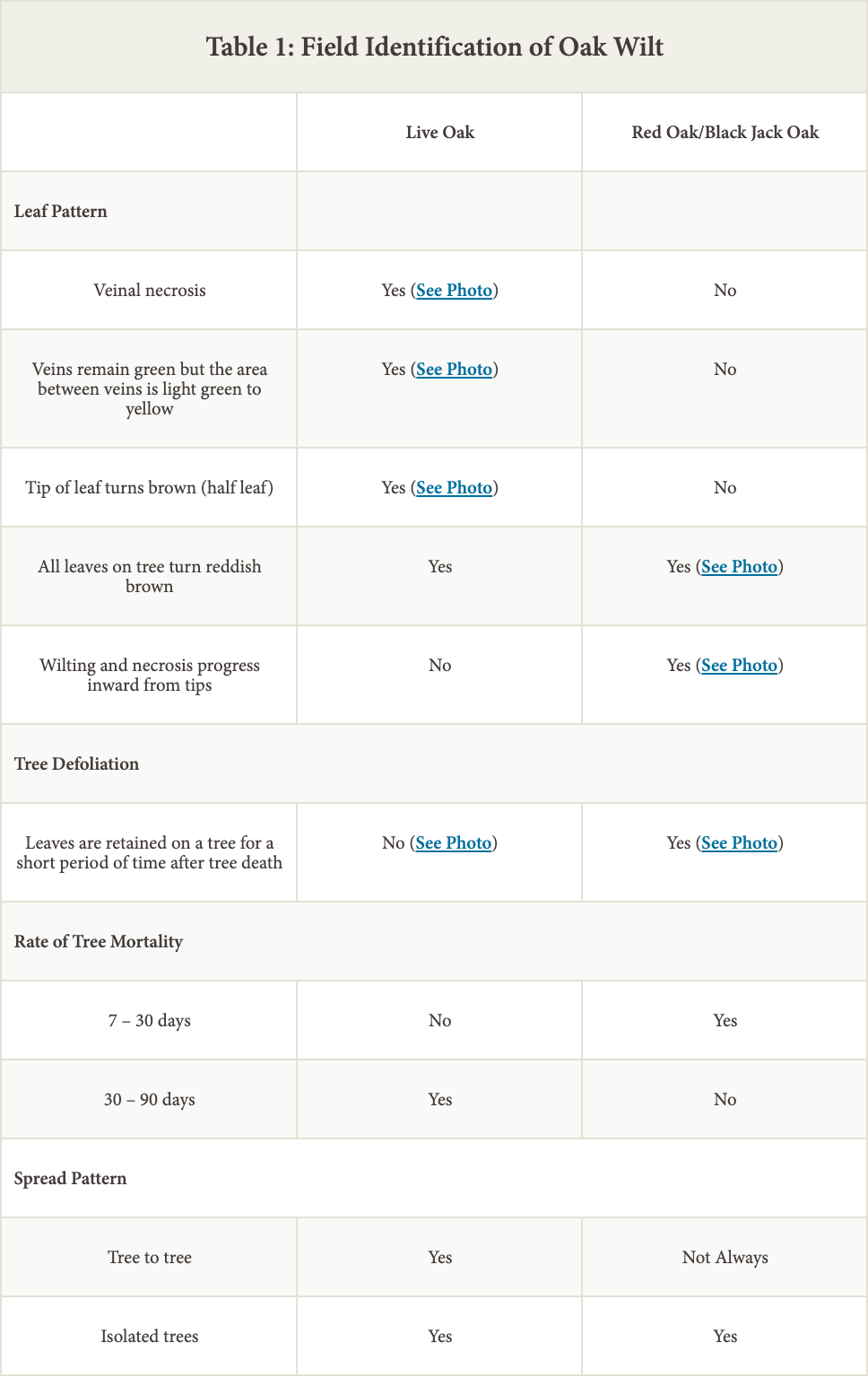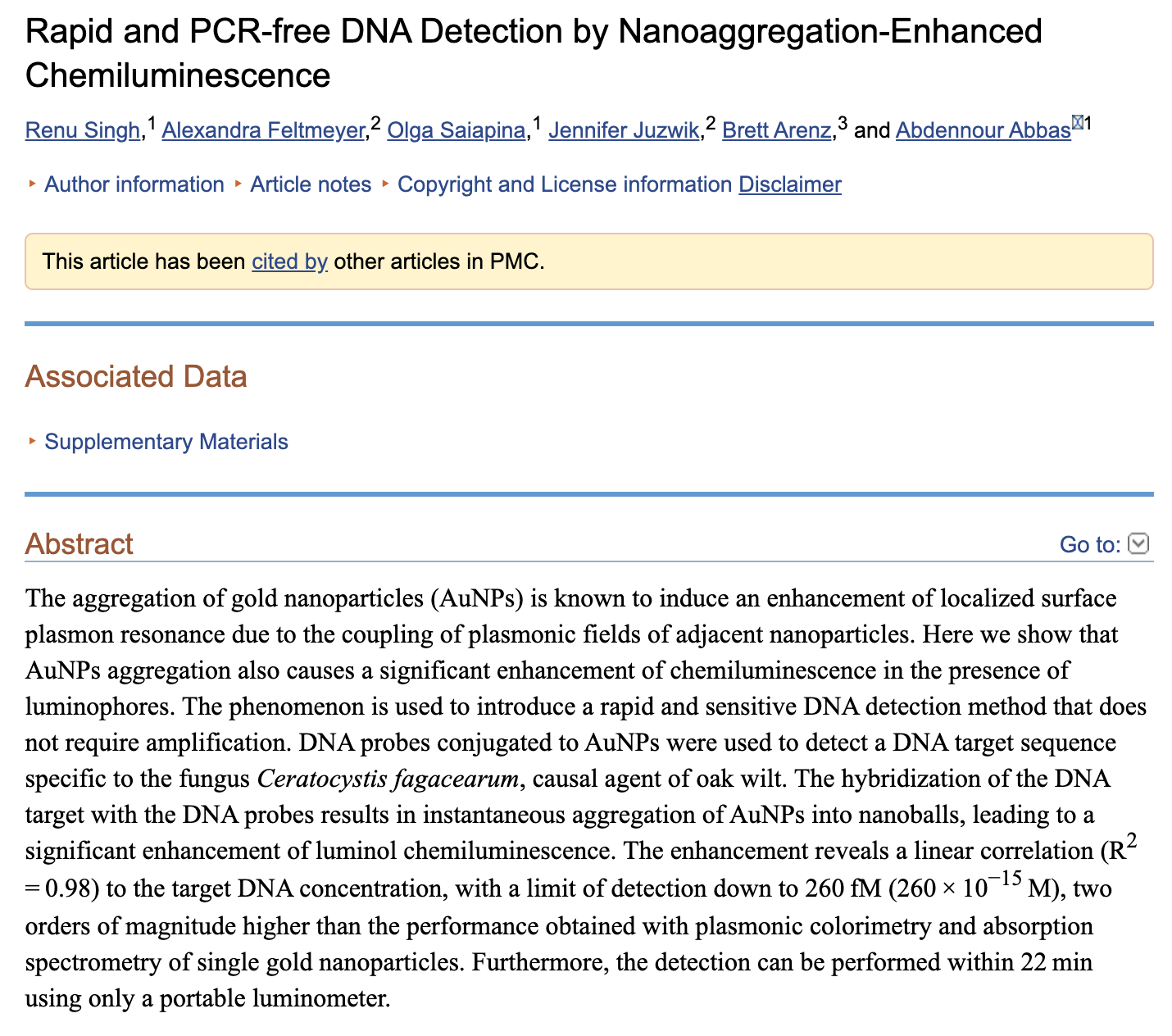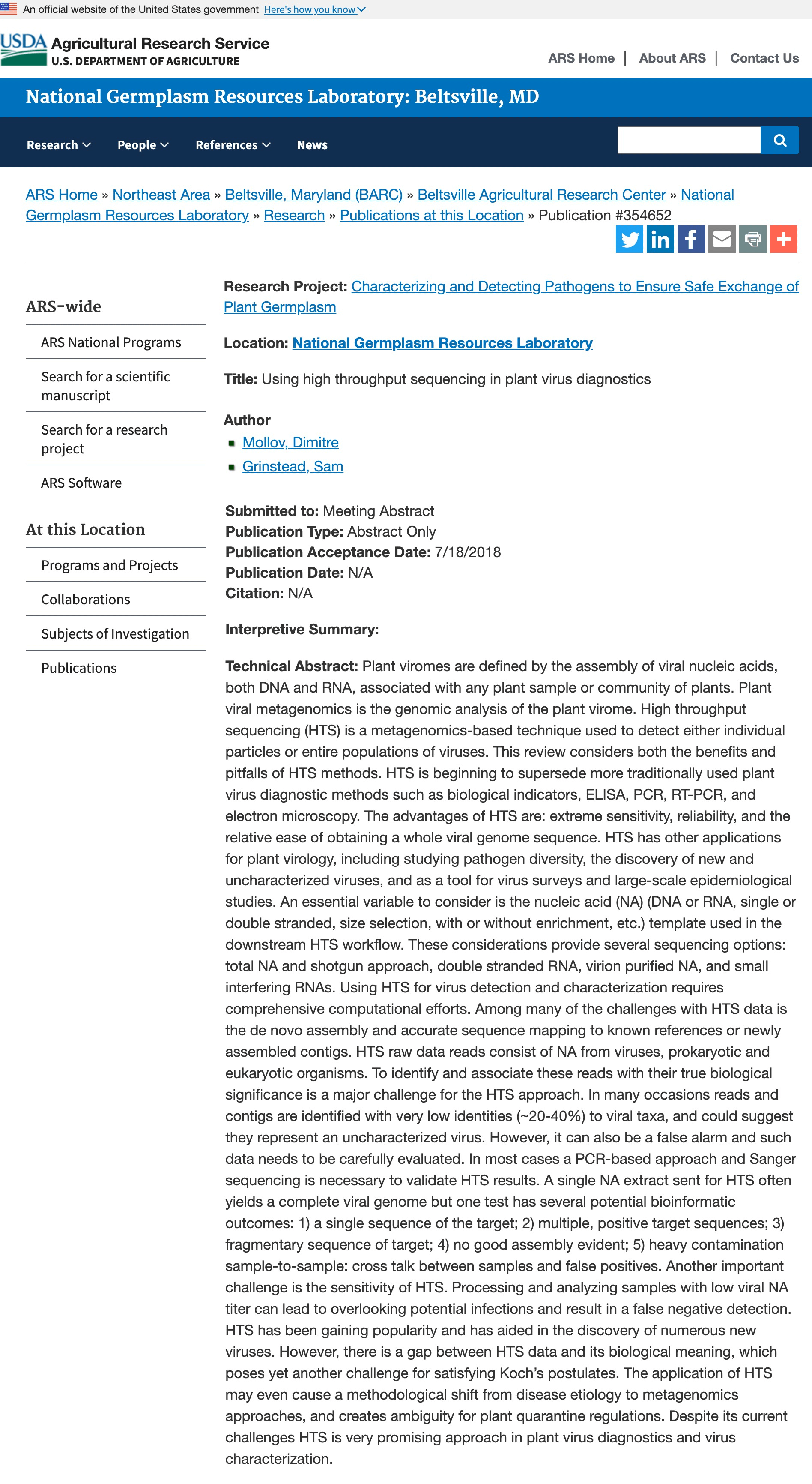Oak Wilt Diagnostic Dilemma
Should we Use Traditional Isolation Culture Method or DNA diagnostics?
Debate is good. We need more debate in our lives. In every field of study – all progress comes from the critical reflection of current practices. The short answer is both! PCR dna testing is the superior method for testing for oak wilt. The first to offer this testing in Texas is the premier private lab under the exceptional leadership of Dr. Chad Lytle, called Research Associates Laboratory (RAL for short). As of May 2025 the TAMU Plant Disease Diagnostic Lab now offers it as well with the assistance of a collaboratIve group of university labs that deal with oak wilt - especially Michigan State University deserves our Texas gratiude! The primary value of the culturing method of oak wilt is now going to be a focus on growing and maintaining and analysing different oak wilt strains to improve our knowledge of and subsequent management success with the variations of this ever-morphing epidemic vascular wilt disease.
As to the why and specifics of the primacy of the dna testing an amazing, thorough study of traditional culture vs. nested PCR vs. real time PCR was conducted by A. Yang from the Univ. of Minnesota and J. Juzwik with the USDA Forest Service Northern Research Division, and printed in “Plant Disease”/ Vol. 101 No.3 (2017). Those who wish to tackle some very serious technical information – please help yourself to the full document below, but for those who would prefer the reader’s digest version:
What overall benefits does the traditional isolation culture method offer over the PCR techniques? None stated.
I will continue to periodically update this webpage with developments (both print publications and video presentations) in the lab-related advancements in oak wilt diagnostics, as well as the in-field practices that are recommended to dignose oak wilt both at a basic level but also at a very advanced master level.
Finally, with the ability for the TAMU lab to perform pcr testing - it is imperative that we send in many samples of white oak species that appear possibly infected within an oak wilt center in order to help update the prior hypothesis-turned-"fact" (without research!) - info they had been putting out to the public erroneously for decades.
(Isolation Method Photos)
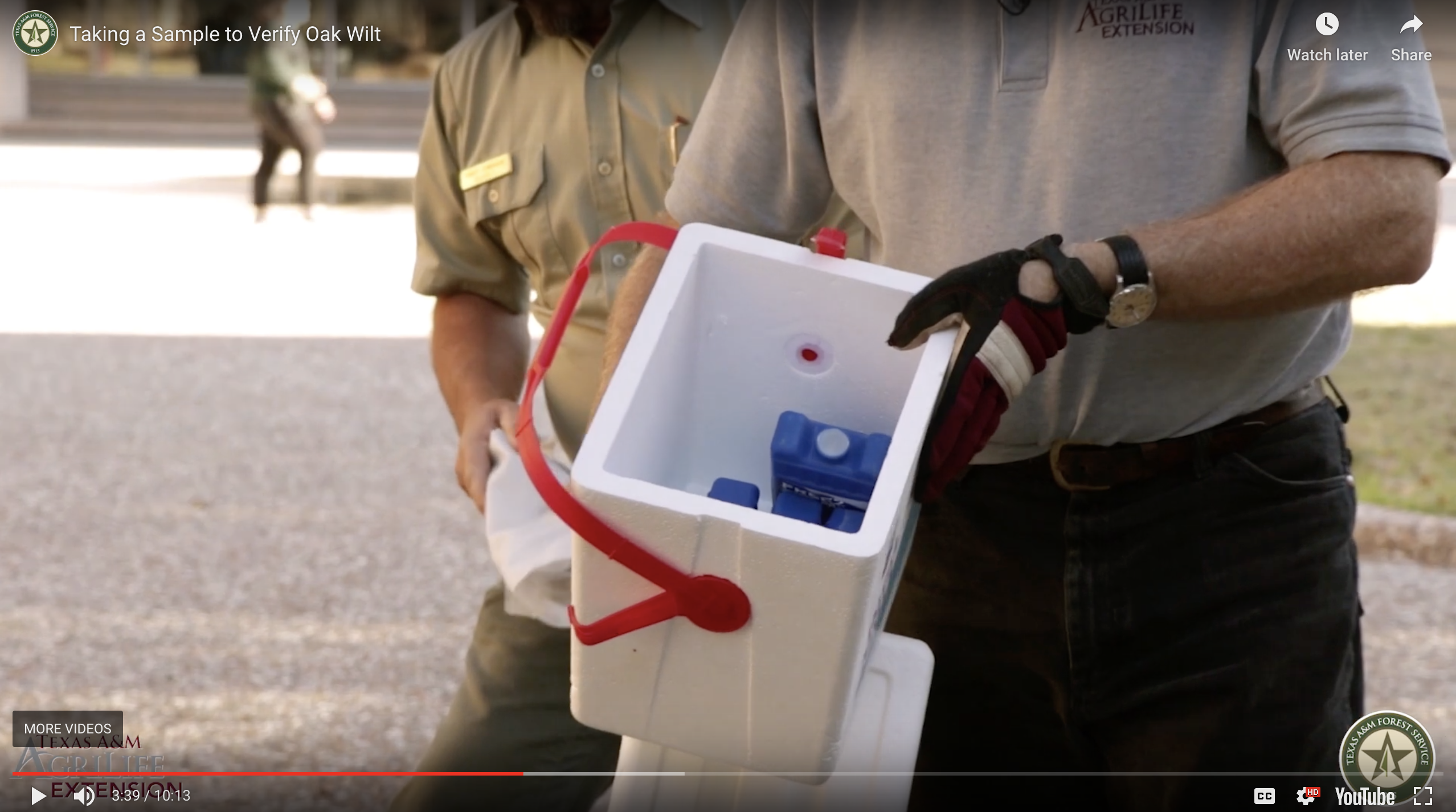

What benefits do the PCR approaches offer?
-
Superior results across the spectrum at finding oak wilt – especially helpful if only small levels are present; further real-time PCR (also known as qPCR – quantitative PCR) can even specify the amount of fungus present in the sample (or its CT value), while at the same time allocating for the possibility of minute DNA levels (i.e. compromised sample) and thereby safeguarding from false positives
-
PCR is way more effective with white oak family diagnostics. In my professional assessment – the limitations of the traditional isolation method likely has played a considerable part in the fiasco of the TFS historical position that the white oak species are all more resistant than say the Live Oak (see next webpage)
-
Secondary micro-organisms don’t compromise the ability to detect the DNA of the pathogen sought
-
Effective on dried out samples that are at least one year old
-
Results are communicated in most instances the same day received by the lab (my experience of service provided by Research Associates Laboratory (RAL) and Dr. Chad Lytle by way of real-time qPCR), or 3 days worst case (nested PCR) vs. 3-5 weeks for traditional isolation
-
Samples can be re-used for further testing at a later time
-
Small samples (think wood-shaving that amount to an aspirin pill size vs. huge wood chunks from branches and or huge chunks of tree trunk - see TFS video photos above or view full TFS video link below)
-
Don’t need blue ice or dry ice or any kind of ice! No cooler either! You only need a mailing envelope.
-
Real-time PCR techniques offer more options for other plant health issues; This means huge implications for the entire Green Industry diagnostic needs - well beyond just oak wilt, but any disease type, fungal, insect, and more
-
PCR has good bit more room to improve a lot and soon such as perfecting the probes and primers (assays), minimizing hindrance of various chemical compound and various volatiles, as well as inoculum isolate selection (see the latter third of 2017 study below; especially real-time, in-field test results!), while traditional is “stuck” and won’t improve speed, time required, diagnostician and sample prep labor, etc.
-
Cost for RAL DNA testing is much cheaper - $20 vs. $25 (currently Agrilife pcr is a minimum of $90) (RAL & Agrilife respective published charges as of May 2025). Really though, due to what's at stake – I put this benefit last because the information is so critical and the costs of waiting potentially so very high
The above video was published on Mar 12, 2019

It is unfortunate that at this time the TFS has chosen not to include DNA testing as an option to confirm oak wilt, but I hope that will change soon. It is ironic, but I know for a fact, that TFS has utilized RAL DNA testing in order to justify a cost share trench for a local municipality.
Courtesy of The American Phytopathological Society, 2017
Provided Courtesy of American Society of Consulting Arborists



